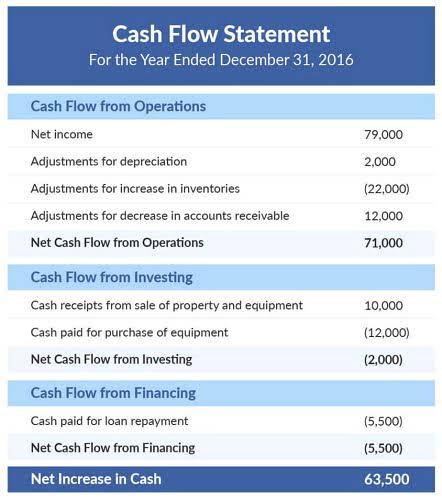
However, there are several “buckets” and line items that are almost always included in common balance sheets. We briefly go through commonly found line items under Current Assets, Long-Term Assets, Current Liabilities, Long-term Liabilities, and Equity. Your Bench account’s Overview page offers an at-a-glance summary of your income statement and balance sheet, allowing you Suspense Account to review your profitability and stay on top of your cash flow from month to month. Spend less time figuring out your cash flow and more time optimizing it with Bench. Once your cost of goods sold, expenses, and any liabilities are covered, you have to pay out cash dividends to shareholders. The money that’s left after you’ve paid your shareholders is held onto (or “retained”) by the business.
Are Retained Earnings, Assets or Liabilities?
The money is a financial activity and has earned the capital portion of a stockholder’s equity. Retained income is one of several things that connects an income statement and balance sheet. The total retained earnings amount is connected to the overall net income, including things such as investing, liabilities, and paid dividends. Your company’s balance sheet may include a shareholders’ equity section. This line item reports the net value of the company—how much your company is worth if you decide to liquidate all your assets.
Step 3: Add Net Income From the Income Statement
Many investors view companies with negative shareholder equity as risky or unsafe investments. The above movement in the account of retained earnings is also shown in the statement of changes in equity. This statement is also part of the final accounts of a company. The remaining profit after the distribution is reinvested in the business or is set aside as a reserve for a specific purpose such as the expansion of the business or repayment of debt.
Are Retained Earnings Current Liabilities or Assets?
Find out how this alternative financing method works, with its many advantages. Discover 10 more comprehensive financial management solutions, with comparisons, reviews and key features. Get free guides, articles, tools and calculators to help you navigate the financial side of your business with ease. We’ll now move to a modeling exercise, which you can access by filling out the form below.
How to Calculate Gross Income for the PPP
Accounts Payables, or AP, is the amount a company owes suppliers for items or services purchased on credit. As the company pays off its AP, it decreases along with an equal amount decrease to the cash account. By recording profits in retained earnings, the company increases its assets and enhances its value without incurring debt.
- As an Investopedia fact checker since 2020, he has validated over 1,100 articles on a wide range of financial and investment topics.
- Alongside her accounting practice, Sandra is a Money and Life Coach for women in business.
- This reinvestment into the company aims to achieve even more earnings in the future.
- Many companies consider dividend payouts and plan investment strategies at year end.
- In terms of financial statements, you can find your retained earnings account (sometimes called Member Capital) on your balance sheet in the equity section, alongside shareholders’ equity.
Non-cash items such as write-downs or impairments and stock-based compensation also affect the account. Over the same duration, its stock price rose by $84 ($227 – $143) per share. Most often, the company’s management takes a balanced approach.
However, retained earnings are an equity balance on the balance sheet. Overall, retained earnings include all profits or losses a company has made since the beginning. However, it subtracts any dividends paid to shareholders first. A classified balance sheet presents information about an entity’s assets, liabilities, and shareholders’ equity that is aggregated (or “classified”) into subcategories of accounts. It is extremely useful to include classifications, since information is then organized into a format that is more readable than a simple listing of all the accounts that comprise a balance sheet.
Some companies may choose to pay dividends while others may not. Total Liabilities and Equity represents the sum of a company’s financial obligations (liabilities) and the owners’ claims (equity) on its assets. Understanding total liabilities and equity is essential for evaluating a company’s financial position. By analyzing how a company finances its assets, stakeholders can make informed decisions about investments, growth potential, and retained earnings on balance sheet risks.

► Income or Revenue

While common in capital-intensive industries, excessive liabilities can signal financial risk. Inventory includes amounts for raw materials, work-in-progress goods, and finished goods. The company uses this account when it reports sales of goods, generally under cost of goods sold in the income statement.

As a result, it improves transparency and supports more accurate assessments of liquidity, solvency, and overall financial health. Assuming your business pays its shareholders dividends (stock or cash), you’ll need to factor those into your calculations. Subtract the amount paid in dividends in the current accounting period from your retained earnings balance sheet retained earnings balance from that same period.


